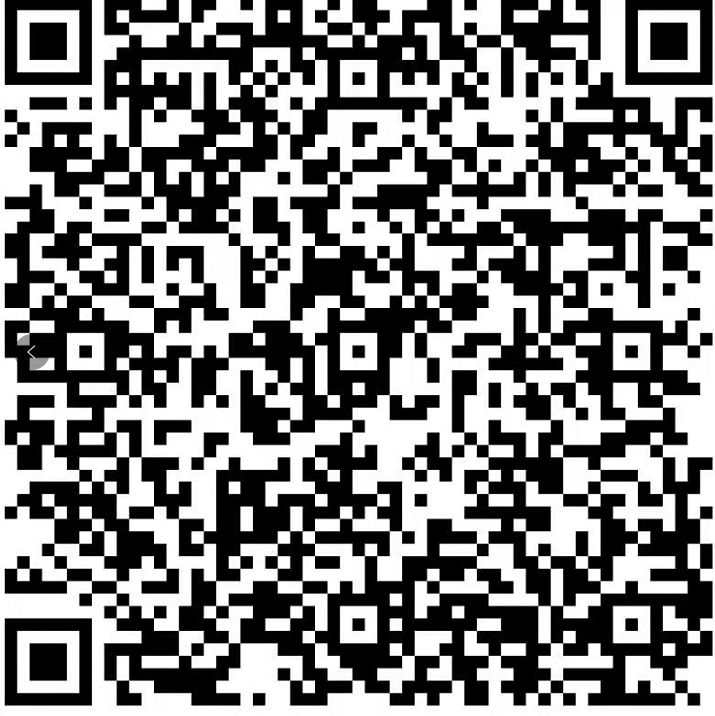What Is Industrial Internet of Things (IIoT)?

How Big Is the Market for IIoT?
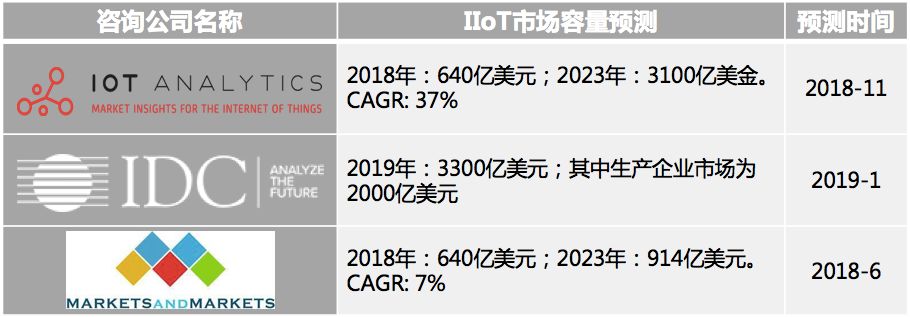
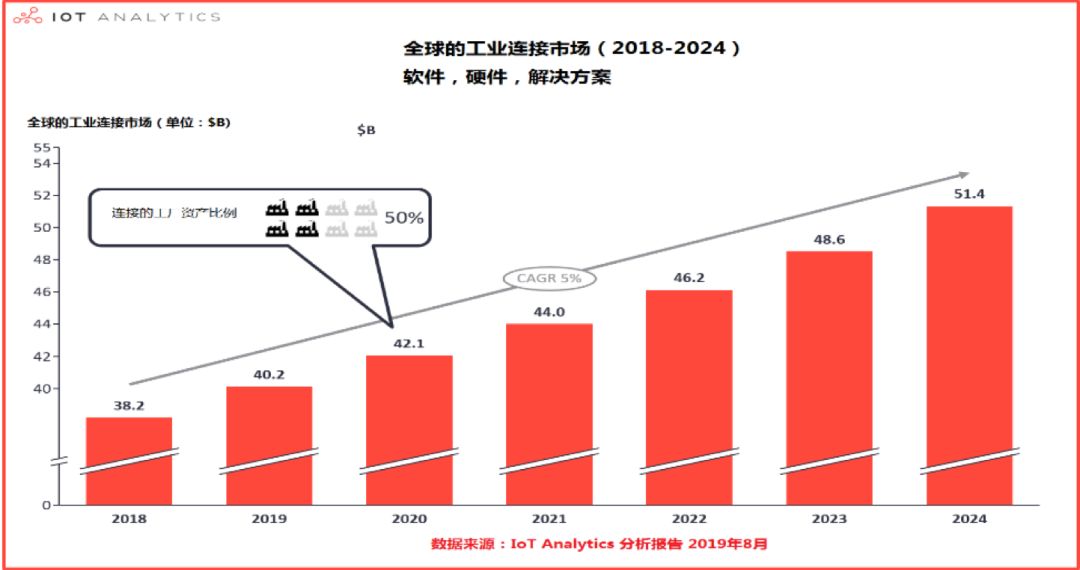
Why Is IIoT Rising?
1
Government Intervention
2
Demand from Enterprises and Markets
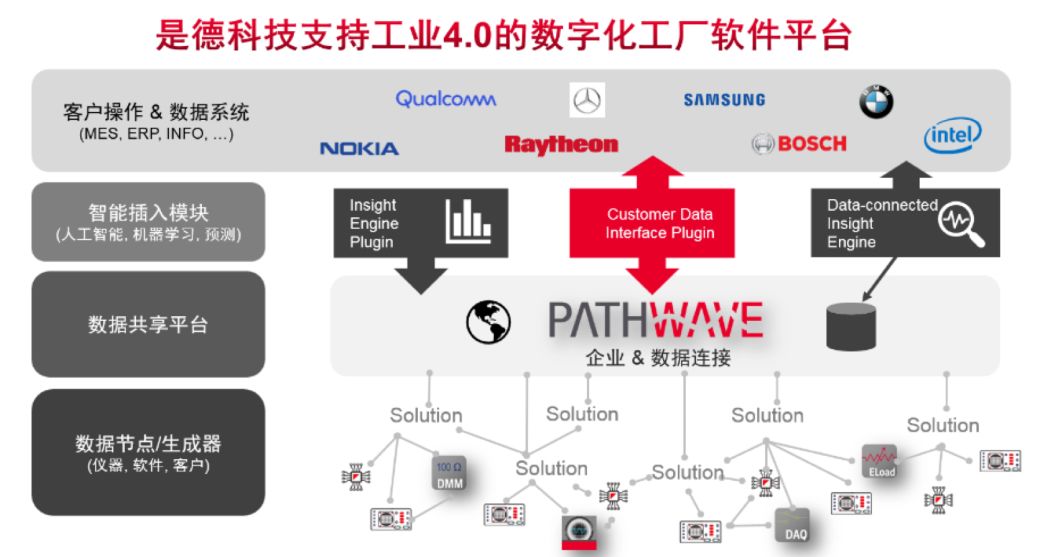
Long press to identify the QR code below to download the materials

3
Promotion of Related Technologies
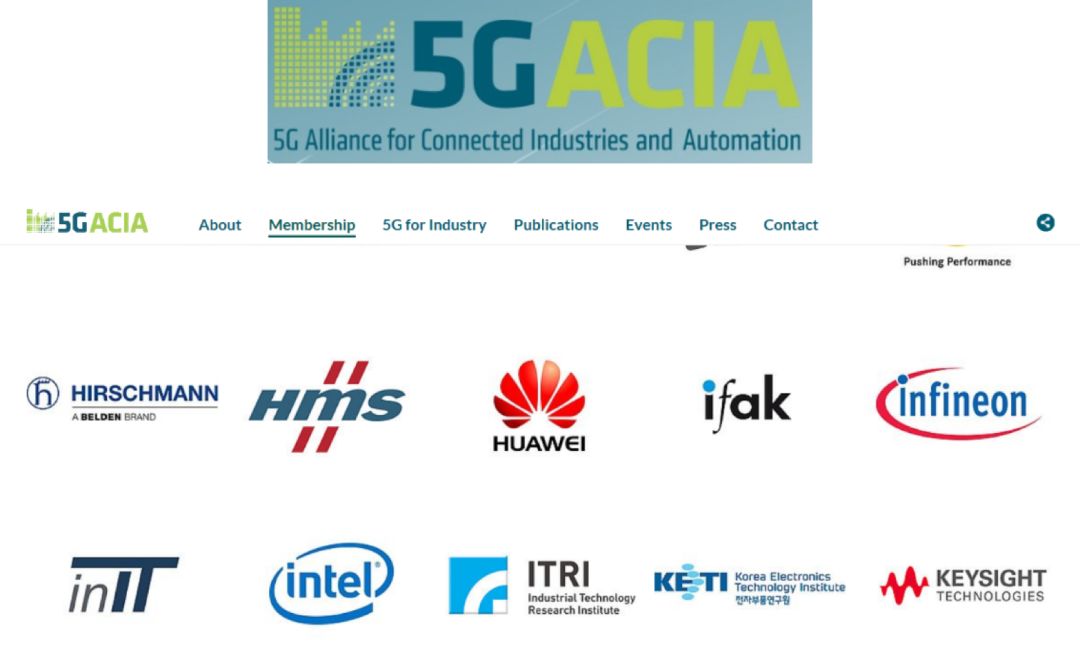
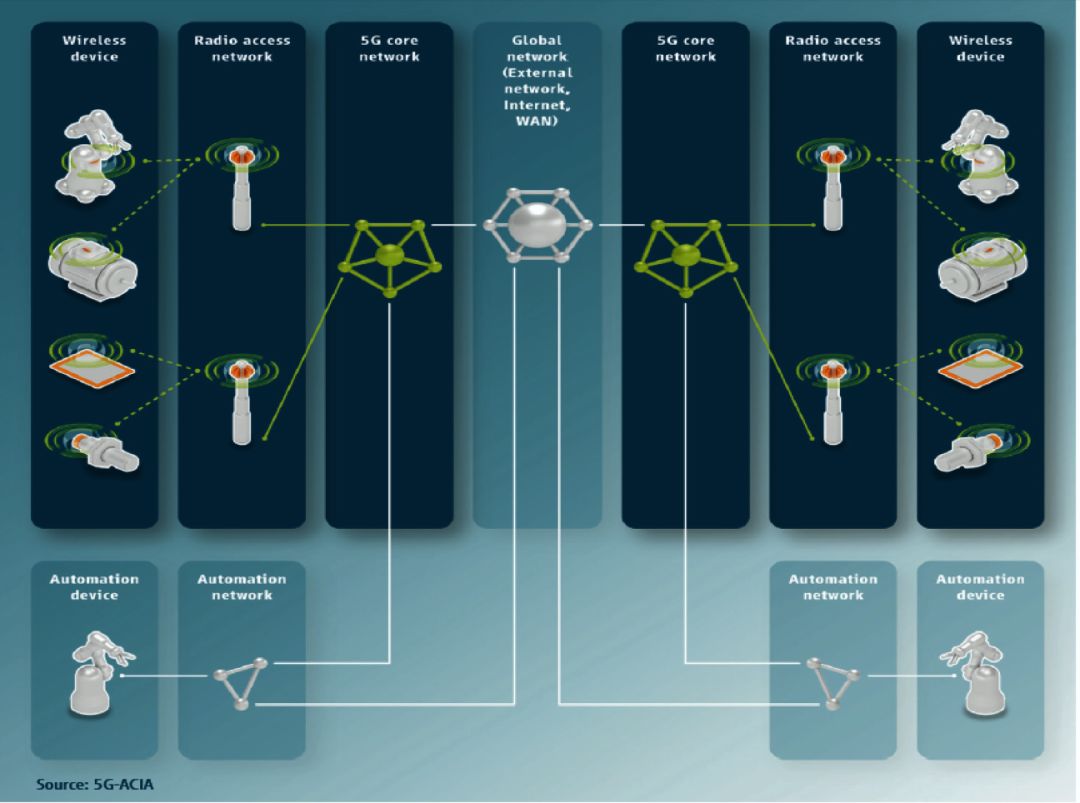

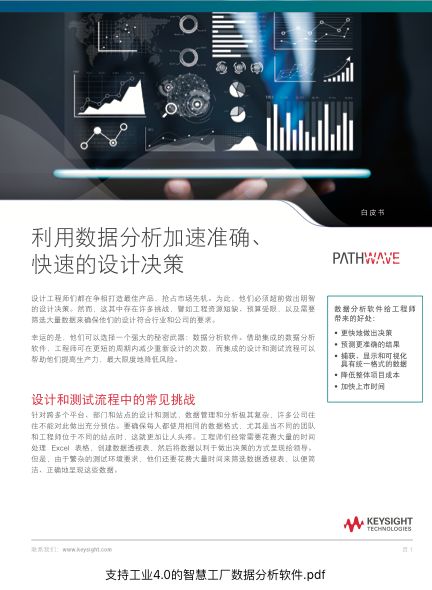


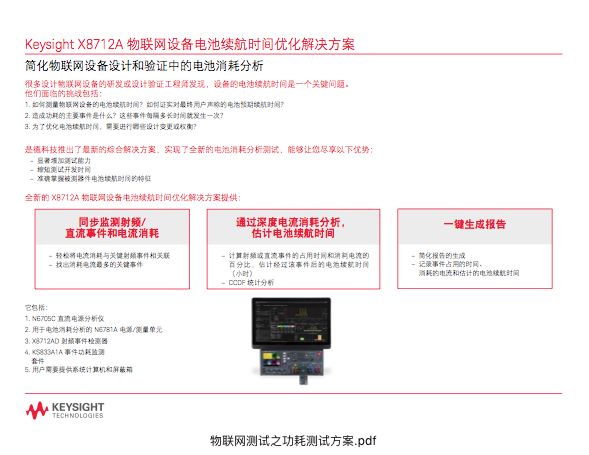
Long press to identify the QR code below to download the materials shown in the above images
